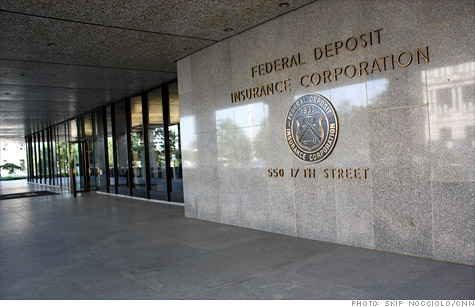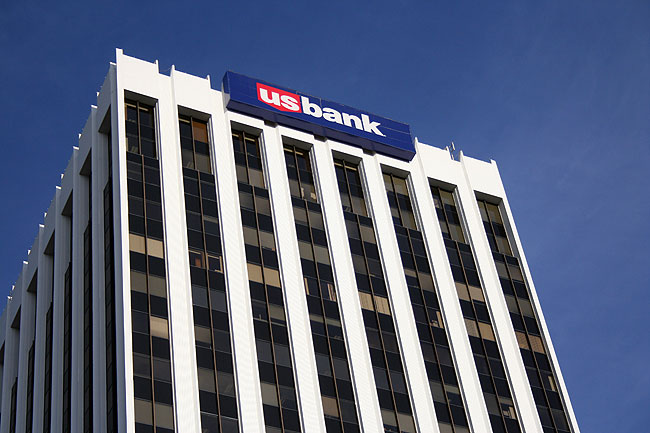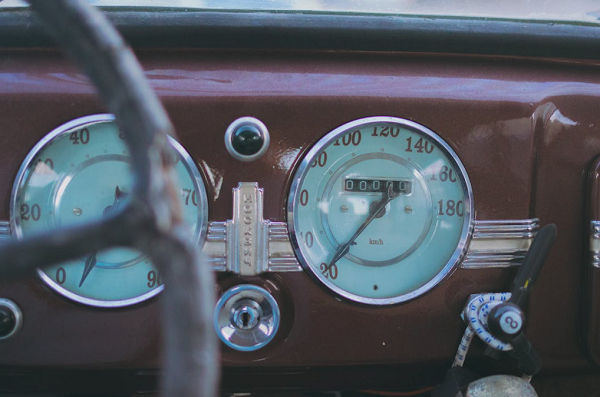If you have cash that you don’t plan on using immediately, then you want it to be earning money for you, not just sitting there.
If you keep the money in a current account, you are probably going to get no interest at all, which means that the value of your money is just going down when you take inflation into account.
However, you also want to make sure that the money is there when you need it, so putting it into volatile investments just isn’t an option.
Image source: http://images.publicradio.org/content/2008/10/28/20081028_usbank_stpaul_33.jpg
If you are in this position, you may want to consider buying a certificate of deposit (CD). This is a financial instrument that you buy from a bank, which has a fixed term and a guaranteed return.
For example, you might buy a 1-year CD and be guaranteed a 1.9% return on your investment. CD rate averages are usually higher than you would get from a savings account – banks are willing to pay more in return for you making a long-term investment commitment.
However, there are several things you need to consider before you invest in a CD.
The first of these is your time horizon – when will you need the money? Getting this right is important, since CDs with long terms generally offer better rates, but the penalties for withdrawing early can be severe.
Don’t just ask yourself when you are planning to buy that car – figure out whether there are other ways you could raise money if an emergency came up before the CD matures.
Another thing to take into account is where you think interest rates are going. For instance, a long-term CD that pays 2% now may look attractive, but your money is going to be locked in at that rate.
If interest rates rise – and remember that they are at historic lows at the moment – you are not going to be able to take advantage of them.
One strategy you can use to give you options if interest rates go up or down is laddering.
This is when you buy several CDs with a mix of terms, so that you benefit from higher rates on long-term CDs while still maintaining the flexibility of owning short-term ones.
For example, if you had $30,000 to invest, you could split this evenly over a 1-year CD, a 2-year CD and a 3-year CD. When the first CD matures after a year, you can either take the cash or reinvest it in another 3-year CD.
This way, you will have one CD maturing each year.
 Image source: http://i2.cdn.turner.com/money/2011/11/22/markets/fdic_bank_list/fdic-hq.top.jpg
Image source: http://i2.cdn.turner.com/money/2011/11/22/markets/fdic_bank_list/fdic-hq.top.jpg
Of course, if you want your cash to be there when you need it, then you are probably asking whether CDs are a secure investment.
The answer is almost completely. The amount you put into a CD is insured by the Federal Deposit Insurance Corporation (FDIC) up to a maximum value of $250,000 per bank.
If you have more to invest, simply buy CDs from multiple financial institutions. Unless the US government goes bankrupt, your money is totally safe.




I’ve known very little about using a certificate of deposit, but it seems like a great way to get a bit more interest on your money. I’m glad you mentioned some of the risks of CDs, like having a locked interest rate. While long-term plans often have better interest rates, it’s good to think about whether interest rates will go up in the near future and be better than the rate you’re locked into. Thanks for the article.